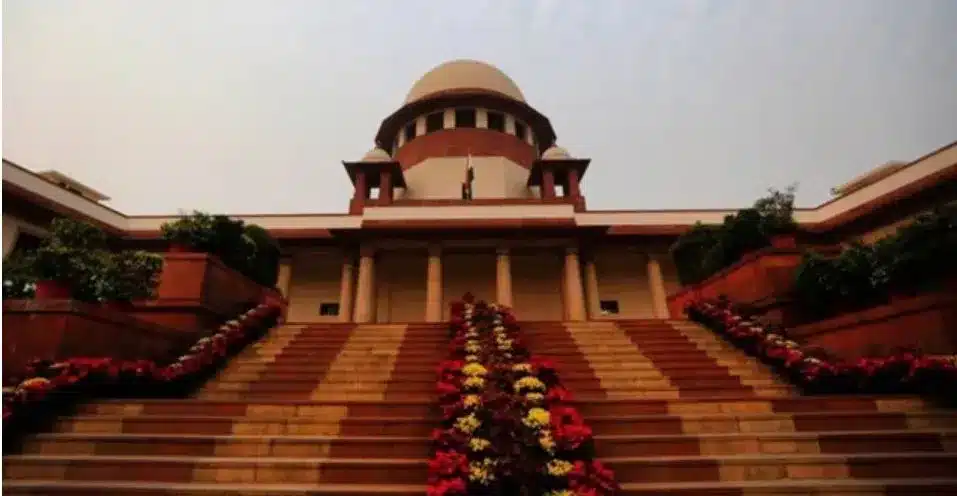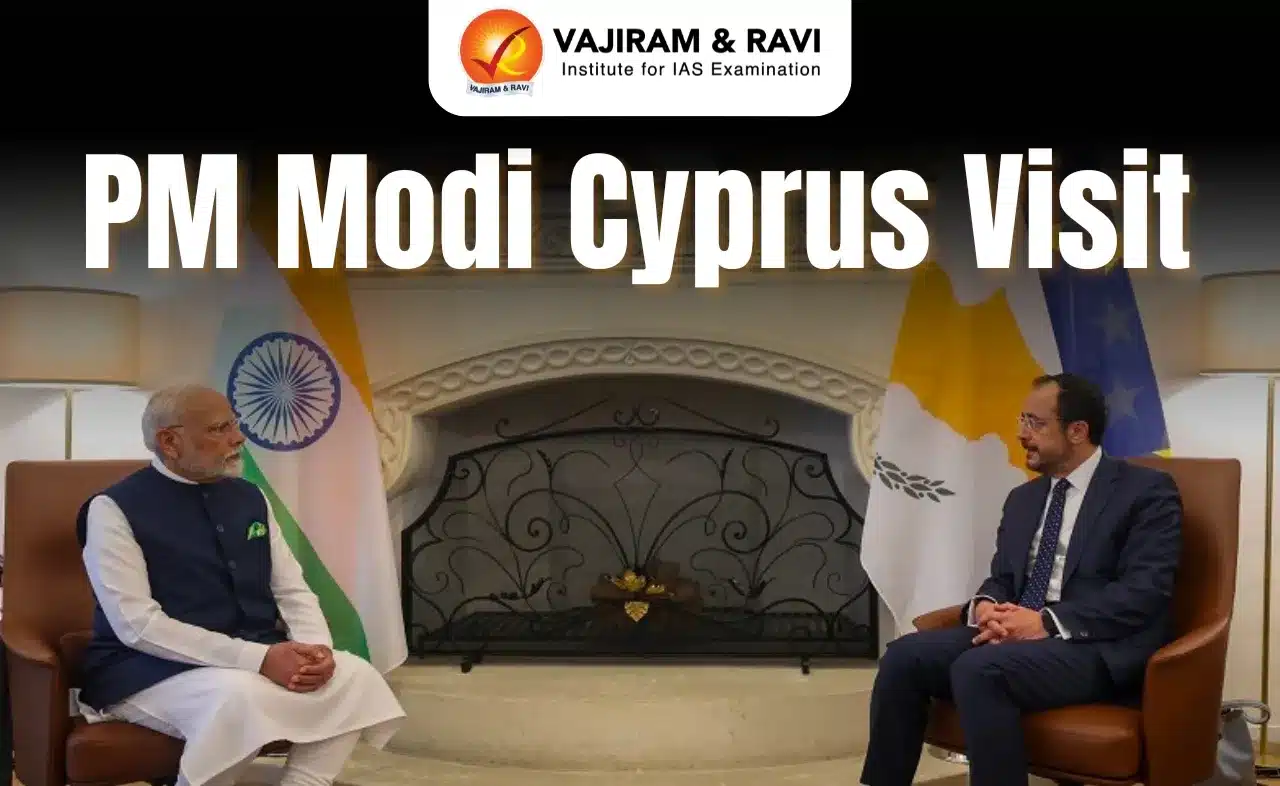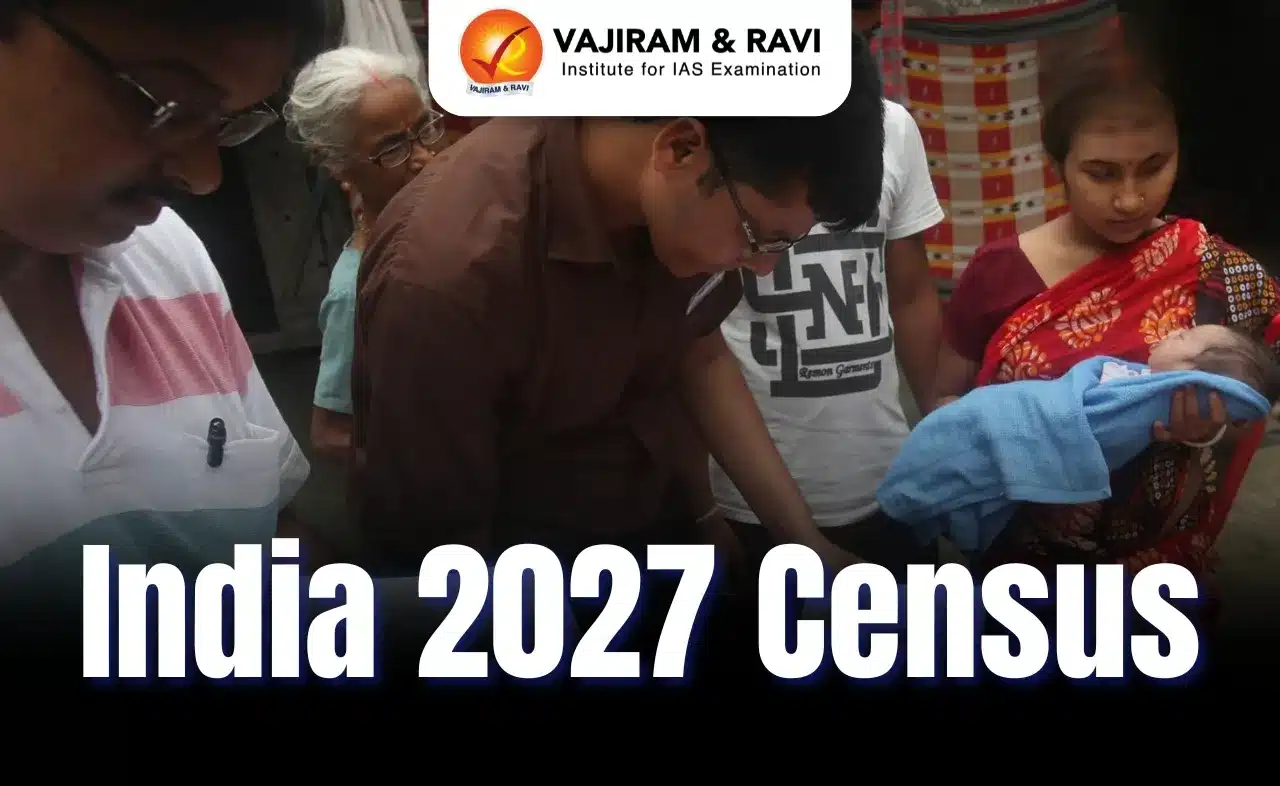What’s in today’s article?
- Why in News?
- Background of the case
- Key highlights of the July 2024 SC judgement
Why in News?
The Supreme Court, in a nine-judge Constitution Bench, dismissed review petitions against its earlier ruling that royalty paid by mining operators to the Central government is not a tax, and that states can impose cesses on mining activities.
The bench, with the exception of Justice BV Nagarathna who dissented, found no error in the original judgment, thus rejecting the review petitions.
Background of the case
- Minig and Royalties
- Royalties refer to the fees paid to the owner of a product in exchange for the right to use that product.
- The issue of whether royalties on mining activities constitute a tax has been a longstanding legal question in India.
- Under Section 9 of the Mines and Minerals (Development and Regulation) Act, 1957 (MMDRA), entities holding mining leases are required to pay royalties to the owner of the land, which could be a state government.
- This raised the question of whether these royalties are a form of tax when the state is the lessor.
- The Supreme Court first addressed this question in the 1989
- The Supreme Court first addressed this question in the 1989 case India Cement Ltd v State of Tamil Nadu.
- A seven-judge Bench heard a challenge by the company to a Tamil Nadu law imposing a cess on land revenues, including royalties.
- A cess is a form of tax levied by the government on tax with specific purposes.
- The court ruled that while states can collect royalties, they cannot impose taxes on mining activities, as the Central government has overriding authority over the regulation of mines and mineral development under Entry 54 of the Union List.
- In this judgement, the apex court opined that royalty is a tax, and as such a cess on royalty being a tax on royalty, is beyond the competence of the State Legislature.
- The court controversially stated, “royalty is a tax,” leading to questions about the interpretation of royalties as a tax.
- 2004 case State of West Bengal v Kesoram Industries Ltd.
- This statement sparked further legal debate and confusion, leading to the 2004 case State of West Bengal v Kesoram Industries Ltd.
- Here, a five-judge Constitution Bench identified a typographical error in the India Cement decision, clarifying that it should have stated “cess on royalty is a tax” rather than “royalty is a tax.”
- The court held that royalties themselves are not taxes but could not overrule the India Cement decision due to the smaller size of the bench.
- 2011 Mineral Area Development Authority case
- In 2011, during the Mineral Area Development Authority case, the Supreme Court noted the conflict between the Kesoram Industries and India Cement rulings.
- Recognizing the direct implications for the case at hand, the court referred the matter to a nine-judge bench to conclusively determine whether royalties are a form of tax.
- July 2024 Judgement of SC
- In July 2024, a nine-judge bench ruled by majority that states have legislative competence to levy taxes on minerals and mineral-bearing lands in addition to the royalty imposed by the Centre.
- Review petition filed
- A review petition was later filed against the July 2024 judgment, which was recently rejected.
Key highlights of the July 2024 SC judgement
- Royalty vs. Tax: The court emphasized that royalty is not a tax. It is a consideration paid to the government for the right to extract minerals, unlike taxes, which are sovereign impositions.
- Enhancement of royalty is not an imposition of a tax: Since the royalty paid under Section 9 is not a tax on mineral rights, any limitation on the enhancement of royalty is not an imposition of a tax under Entry 50 of List 2. Section 9 limits power of the centre and it does not govern tax.
- Under Section 9 of the Mines and Minerals (Development and Regulation) Act, 1957 (MMDRA), entities holding mining leases are required to pay royalties to the owner of the land, which could be a state government.
- States’ Taxing Power: The court upheld that states retain the power to impose taxes on mineral rights, unless Parliament explicitly limits this power.
- Mines Act: The Mines and Minerals (Development & Regulation) Act does not strip states of their power to tax mineral rights.
- Parliament’s Role: While Parliament can impose restrictions on state taxation through statutory instruments, the court ruled that the current scheme of the MMRDA Act does not interfere with the states’ taxing authority.
- Parliament can impose limitations under Entry 50 of List 2 of the Constitution by means of statutory instruments.
- Entry 50 of List 2 of the Constitution of India is about taxes on mineral rights, subject to any limitations imposed by Parliament by law relating to mineral development.
- Land and Minerals: Mineral-bearing lands fall under the term “land” as per Entry 49 of List 2 of the Constitution, enabling states to tax such lands.
- In other words, mineral-bearing lands also fall under the expression of “land” under Entry 49 of List 2.
Q.1. What was the Supreme Court’s ruling regarding state taxes on minerals?
The Supreme Court ruled that royalties paid for mineral extraction are not taxes, and states have the legislative authority to impose taxes on mineral rights, as long as Parliament does not explicitly limit this power under constitutional provisions.
Q.2. How does the Mines and Minerals (Development & Regulation) Act impact state taxing powers?
The MMDRA Act does not restrict states’ power to impose taxes on mineral rights. States can tax mineral-bearing lands, and Parliament can only impose limitations on this taxing authority through statutory instruments under Entry 50 of List 2.
Source: Supreme Court rejects review pleas against verdict allowing states to tax mineral rights | Bar & Bench | Hindustan Times | Times of India | Business Standard
Last updated on June, 2025
→ UPSC Notification 2025 was released on 22nd January 2025.
→ UPSC Prelims Result 2025 is out now for the CSE held on 25 May 2025.
→ UPSC Prelims Question Paper 2025 and Unofficial Prelims Answer Key 2025 are available now.
→ UPSC Calendar 2026 is released on 15th May, 2025.
→ The UPSC Vacancy 2025 were released 1129, out of which 979 were for UPSC CSE and remaining 150 are for UPSC IFoS.
→ UPSC Mains 2025 will be conducted on 22nd August 2025.
→ UPSC Prelims 2026 will be conducted on 24th May, 2026 & UPSC Mains 2026 will be conducted on 21st August 2026.
→ The UPSC Selection Process is of 3 stages-Prelims, Mains and Interview.
→ UPSC Result 2024 is released with latest UPSC Marksheet 2024. Check Now!
→ UPSC Toppers List 2024 is released now. Shakti Dubey is UPSC AIR 1 2024 Topper.
→ Also check Best IAS Coaching in Delhi






















